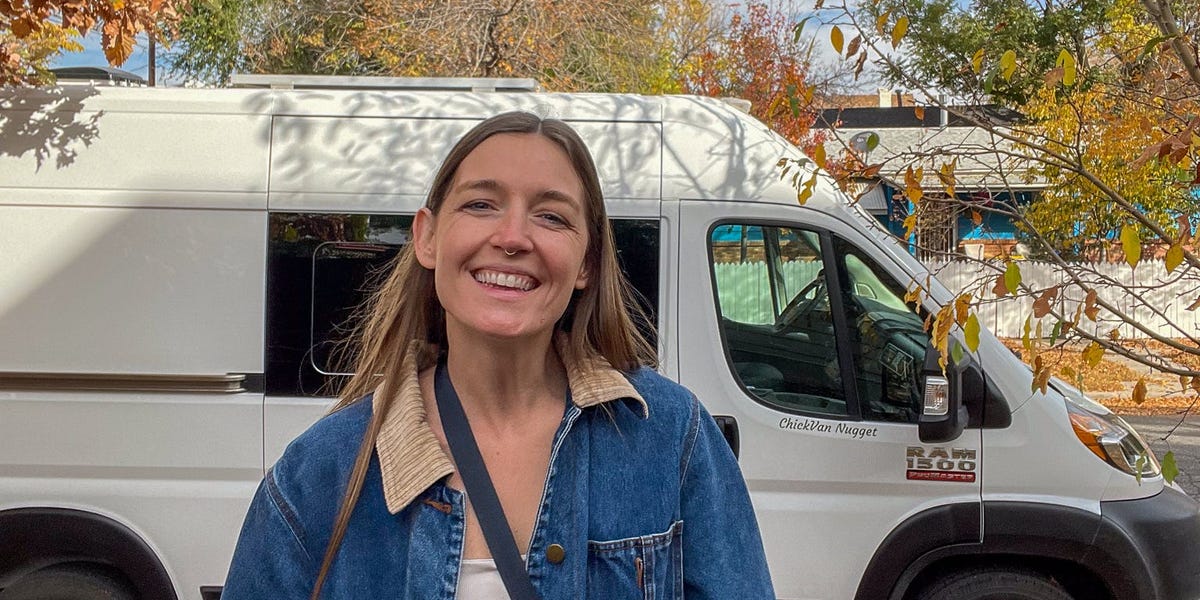Initiating a Cost-Effective Van Adventure
Embarking from Denver for a two-week road trip, I quickly realized that my habit of indulging in gas station Icees was neither sustainable for my wallet nor my waistline. This was just one small part of a larger lesson learned about managing day-to-day expenses while on the road. While $4 for an Icee seems minor, such costs can quickly add up, highlighting the importance of mindful spending when adopting the van life.
Van life offers a tantalizing proposition for economical living, yet it also requires careful financial planning. Living in Denver, where the average rent for a one-bedroom apartment is notably high, the prospect of van life becomes increasingly appealing. Despite a recent slight drop in rental prices, Denver’s high cost of living continues to push individuals to consider alternative living arrangements.
Challenges and Financial Insights from Van Life
Leaving the comforts of a stable home for the uncertainty of life on the road involves a significant adjustment. The journey across six states involved a range of expenses from fuel to food, with gas proving to be one of the largest outlays. By logging 3,000 miles, I spent about $660 on fuel alone, highlighting the need for a more stationary lifestyle if one were to adopt van living full-time.
Moreover, while some nomads consider their fuel costs akin to rent, the reality is that van life encompasses a variety of other expenses. Food costs mirrored those I experienced living in the city, with grocery bills from popular chains like Walmart and Trader Joe’s falling under $150. Lodging costs were relatively minimal, thanks to nights spent on free public land or affordable campsites, totaling less than $170 for the two-week period.
The Long-Term Financial Equation of Van Living
The most considerable expense for van lifers is often the vehicle itself. For my trip, I used a rental van at a discounted rate, but purchasing one’s own van for a permanent shift to van life involves a substantial initial investment. A used Ram ProMaster, for example, might cost around $27,000 in Denver. If financed over three years, monthly payments could approximate $900, a figure that could potentially be offset by later selling the van.
Even with the expenses of a van loan, campsites, and fuel factored in, the total cost of van living could still fall below my current monthly expenses in Denver by a slim margin. However, this calculation varies widely among individuals. Some van dwellers I’ve spoken with have managed to save significantly by living on the road, while others have encountered unexpected costs that diminish the financial benefits.
In conclusion, while van life can offer a financially viable alternative to traditional living arrangements, it requires careful planning and consideration of both upfront costs and ongoing expenses. As I contemplate a more permanent shift to van life, I’m keeping an eye on van prices and exploring options for a cost-effective vehicle that could support a lifestyle of freedom and adventure, away from the high costs of city living.

